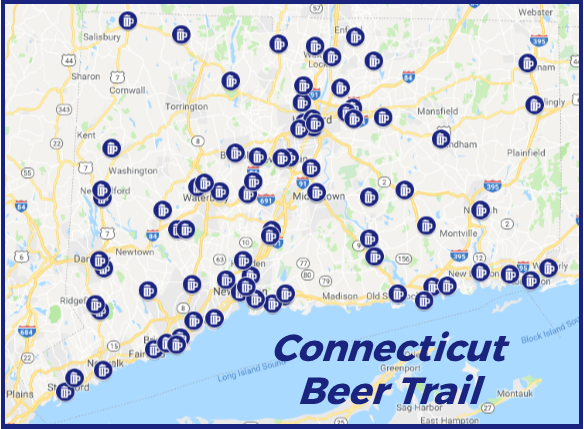Hartford as Soccer Hotbed: Surprisingly, Yes
/If you are wondering why there is optimism for the success of the Hartford Athletic, the city’s new professional soccer team planning to begin its inaugural season later this month, a peek back at ratings for televised international soccer in the U.S. provides some hints.
In March 2016, the Washington Post reported on the U.S. cities with the highest viewership for the Manchester derby between City and United in the English Premier League the previous week. Topping the ratings was Baltimore, followed by Kansas City, Hartford, Seattle, Columbus, the San Francisco Bay area, West Palm Beach, and Philadelphia. Yes, Hartford ranked third that week. The match was the highest-rated Manchester Derby telecast in U.S. history at that time, attracting 1.17 million TV viewers.
Two years later, when NBC Sports reported on the cities with the highest average season-long ratings on Premier League telecast for the 2017-18 season, Hartford was ranked in the top 10. Connecticut’s Capitol region was outranked only by Baltimore, Washington, Richmond, Providence, Austin, Norfolk and Dallas.
This past Sunday, the top rated U.S. television markets for Manchester United vs. Liverpool, broadcast on NBC Sports Network, once again included the Hartford/New Haven market, at number six. Leading the way once again was Baltimore, followed by Norfolk, Washington D.C., Milwaukee and Jacksonville. Boston was seventh, just behind Hartford/New Haven.
C oincidentally, the telecasts are coordinated not in the U.K., but in Stamford, Connecticut, at the massive NBC facility there, which also serves as the command center for NBC’s Olympic coverage. Approximately 60 work on each match day at NBC Sports’ headquarters, located at 1 Blachley Road on the city’s East Side, the Stamford Advocate reported last summer, just prior to the current season. On NBCSports.com and the NBC Sports app, a record 4 million unique viewers watched during the past season, the Advocate reported.
oincidentally, the telecasts are coordinated not in the U.K., but in Stamford, Connecticut, at the massive NBC facility there, which also serves as the command center for NBC’s Olympic coverage. Approximately 60 work on each match day at NBC Sports’ headquarters, located at 1 Blachley Road on the city’s East Side, the Stamford Advocate reported last summer, just prior to the current season. On NBCSports.com and the NBC Sports app, a record 4 million unique viewers watched during the past season, the Advocate reported.
Hartford Athletic, a USL expansion franchise, will kick off its inaugural season with a game in Atlanta on March 9. The team's home opener is set for May 4. The club announced this week that Trinity Health of New England will be Title Partner and Official Healthcare Provider of Hartford Athletic and featured on both Hartford Athletic’s home and away jerseys. Dillon Stadium, currently undergoing renovation in Hartford, is slated to be the club’s home turf.
https://youtu.be/CYSdgVN_V18


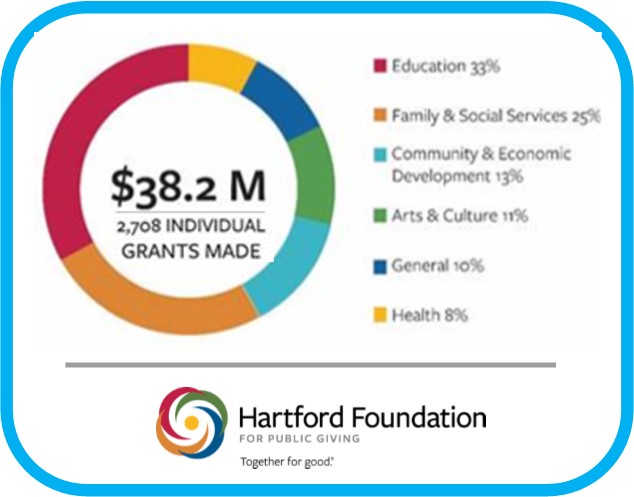
 Among the grants, in each program area:
Among the grants, in each program area:
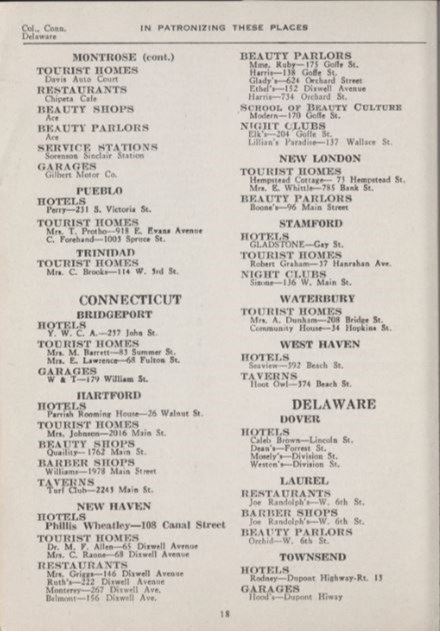

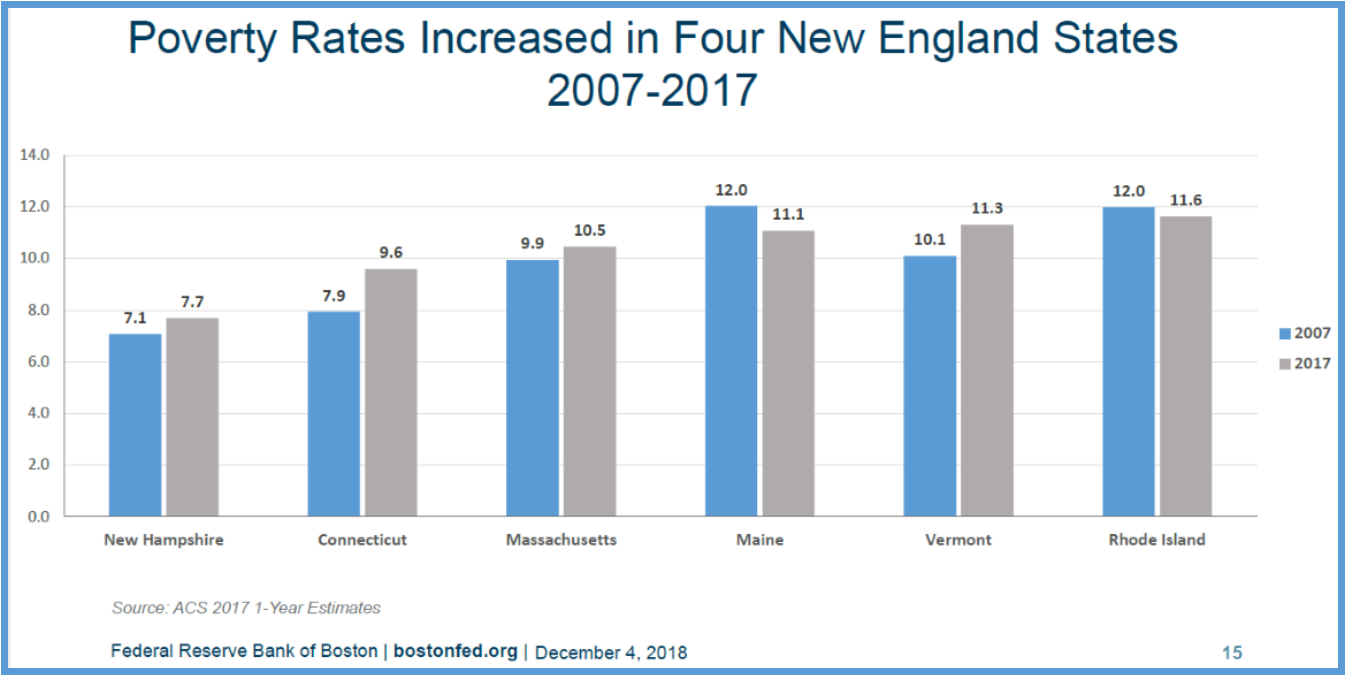
 Although poverty rates declined in all New England states between 2014 and 2017, as of 2017 four out of the six states exhibit higher poverty rates than they did in 2007. Among the region’s unemployed workers, the poverty rate as of 2017 is higher than it was in 2007, and it’s also higher than it was in 2010, after the recession had officially ended, the Boston Fed
Although poverty rates declined in all New England states between 2014 and 2017, as of 2017 four out of the six states exhibit higher poverty rates than they did in 2007. Among the region’s unemployed workers, the poverty rate as of 2017 is higher than it was in 2007, and it’s also higher than it was in 2010, after the recession had officially ended, the Boston Fed 

 Both public and private nonprofit institutions in New England saw a 61 percent rise in the number of foreign students over a five-year period from AY 2012-13 to AY 2017-18, which is comparable to the national growth in the international student population over the same period.
Both public and private nonprofit institutions in New England saw a 61 percent rise in the number of foreign students over a five-year period from AY 2012-13 to AY 2017-18, which is comparable to the national growth in the international student population over the same period.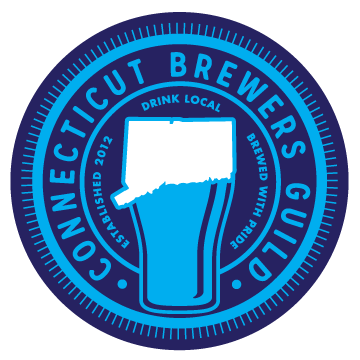 “In 2012, when the
“In 2012, when the 